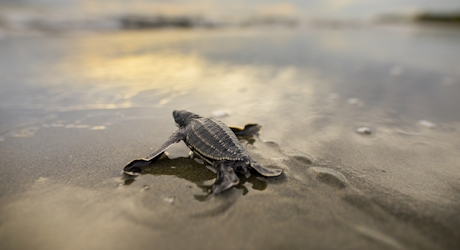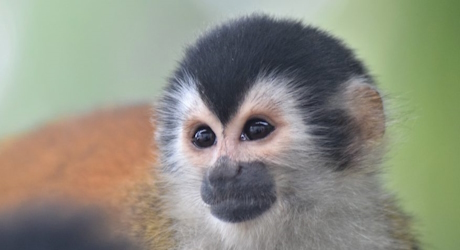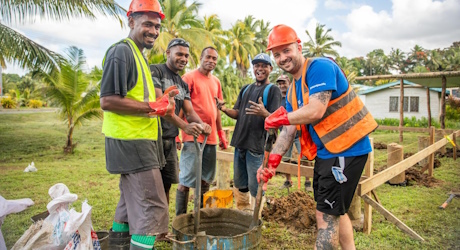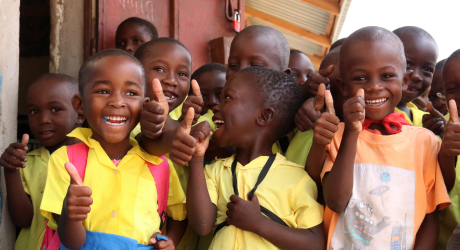Footprints Project
Since 2005, travelers like you have helped us change the world through micro-donations.
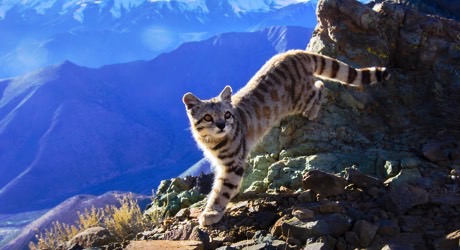
-
A total of
6550
Travelers
-
donated
$15002.71
(100% funded) -
to help improve
Environment
-
impacting
1400
people -
in
Peru
Project Background
The Andean cat is the most endangered feline in the Americas – only about 1,400 adults remain across Argentina, Chile, Peru, and Bolivia. This small cat represents a conservation priority not only because of its endangered status but also because it acts as an umbrella species – the health of its populations is directly tied to that of the High Andes ecosystem in which it lives. The main threats facing these cats are hunting and habitat loss.
The long-term success of the Andean Cat Alliance’s efforts are strongly tied to the participation of local communities – without their buy-in, conservation will not succeed.
AGA’s CATcrafts program aims to create a connection between wildlife conservation and improved livelihoods in the High Andes communities. We are building upon the local ancestral traditions of craftsmanship to generate incomes for local communities, especially women, while engaging them in the conservation of the Andean cat
Key Project Activities
The COVID-19 pandemic posed an unexpected challenge to our plans. For many months, all travel was banned, and even when traveling resumed, we restrained from visiting the remote communities with which we work to avoid spreading the virus. That considerably slowed our ability to spend the grant provided by World Nomads.
However, thanks to the internet access of most of the women we work with, we managed to transform this challenge into an opportunity. Initially, we provided information on measures to avoid contagion and supplies, and when the situation started to improve, we resumed training virtually.
The increasing ability of local communities to use social networks and virtual meeting apps allowed us to strengthen the artisans’ network and led to a training event where women from Argentina shared their knowledge on llama wool preparation and usage with women from Chile and Peru. More recently, we invited some of the artisans who gained the most from our trainings to become trainers themselves and start passing the lessons and skills they learned to new participants of the program.
Additionally, we organized the first Andean cat handicrafts competition that achieved the goal of keeping the participants of our program engaged and stimulated their creativity.
In 2021, when travel restrictions eased, we resumed fieldwork and successfully managed to expand our network by doubling the number of communities in our artisan network in each of the countries where we work. To reduce competition and to build on the existing skills and interests in these new communities, we started developing new products, which, in turn, enabled us to significantly expand our catalogue of products.
With this new list of handicrafts, we recently resumed sales, both directly in some shops and at fairs in Argentina and Peru.
Finally, with the help of a strategic partner and also thanks to a grant from the Peruvian government, we started selling our Chilean and Peruvian products online, which we see as critical to increase resilience of High Andes communities to epidemics and natural hazards through more stable income.
Key project learnings
We found the activities that engaged people from different countries particularly exciting because they gave us the opportunity to see women and men who come from the same ancestral culture, but are separated by political borders, share life experiences and knowledge. It was heartening for us when women who took part in our handicraft competition said to us, “Please, organize a new competition soon, because we enjoyed the challenge and want to create new products!”.
During all our trainings, we keep stressing our conservation education messaging, and emphasized the role of the Andean cat as a catalyst for the conservation of the natural heritage of the High Andes as well as a driver for positive societal changes, especially for women. This, in turn, is changing the attitudes and behaviors of local people towards Andean cats.
What's Next?
Although we consider that we have been very successful at overcoming the unforeseen limitations and challenges caused by the COVID-19 pandemic, it’s clear the situation has not gone back to normal. Tourists, who are our main customers, are still scarcer than three years ago and sales are still comparatively slow. Thus, we will continue working to keep program participants engaged and increase our conservation impact by expanding the geographical reach of our activities, supporting the creation of a network of selling points, and providing new training opportunities to local people.
Future training will particularly aim to increase digital and entrepreneurial skills, in order to reduce dependence of artisans – and young people – on the Andean Cat Alliance and enhance their resilience. We hope that soon the artisans who form part of our network will be self-sufficient and that AGA’s role will primarily be that of helping them with conservation initiatives funded with the help of the income generated by their sales.
However, we also plan to move beyond craftsmanship as a tool to increase the engagement of local communities in conservation. We aim to explore other sustainable, conservation-friendly sources of income to respond to the desires and requests by the people who live in contact with Andean cats.
Finally, we are deploying a set of camera traps in each of the three countries where we are working that will be checked by the residents of these local communities. Our goal is to evaluate the effects of our activities on the Andean cat populations and further increase communities’ engagement in conservation.
Can I visit this project?
Yes of course! We would be happy to receive visits from our donors!
Traveling soon? When you buy travel insurance with us, you can make a contribution towards a cause you care about.
Get a quote